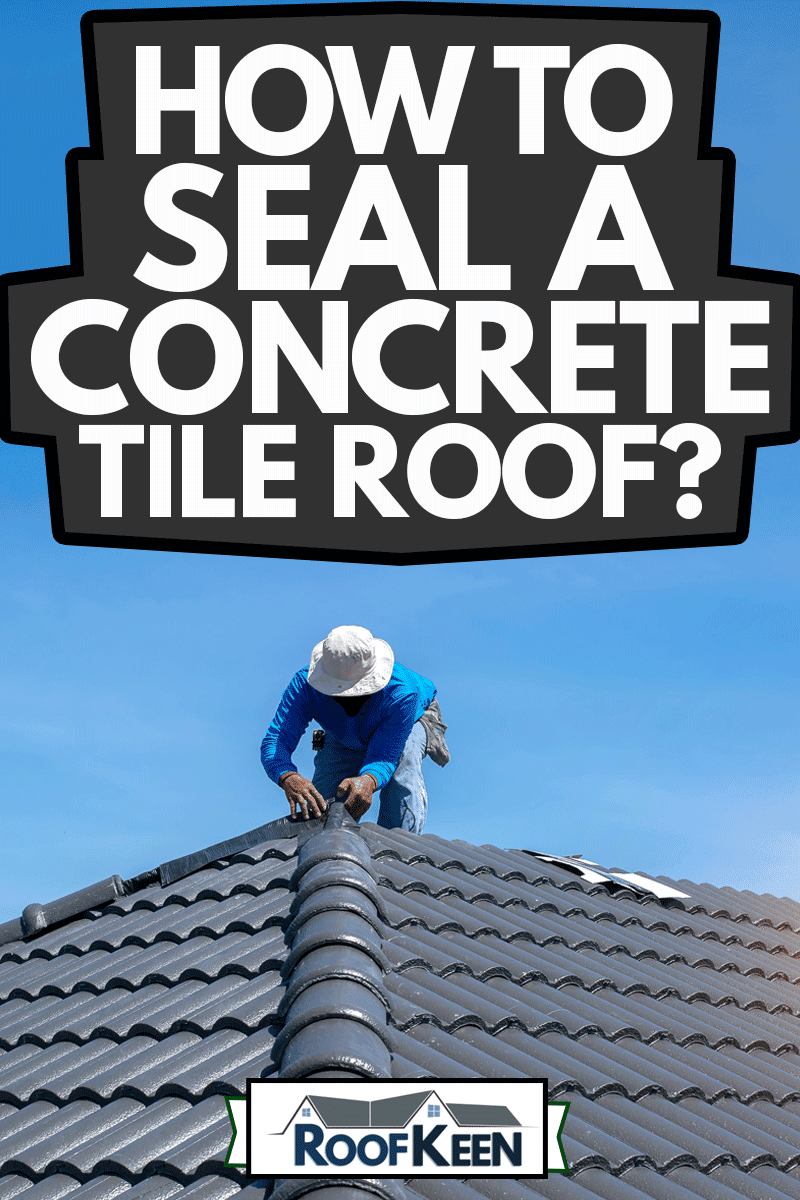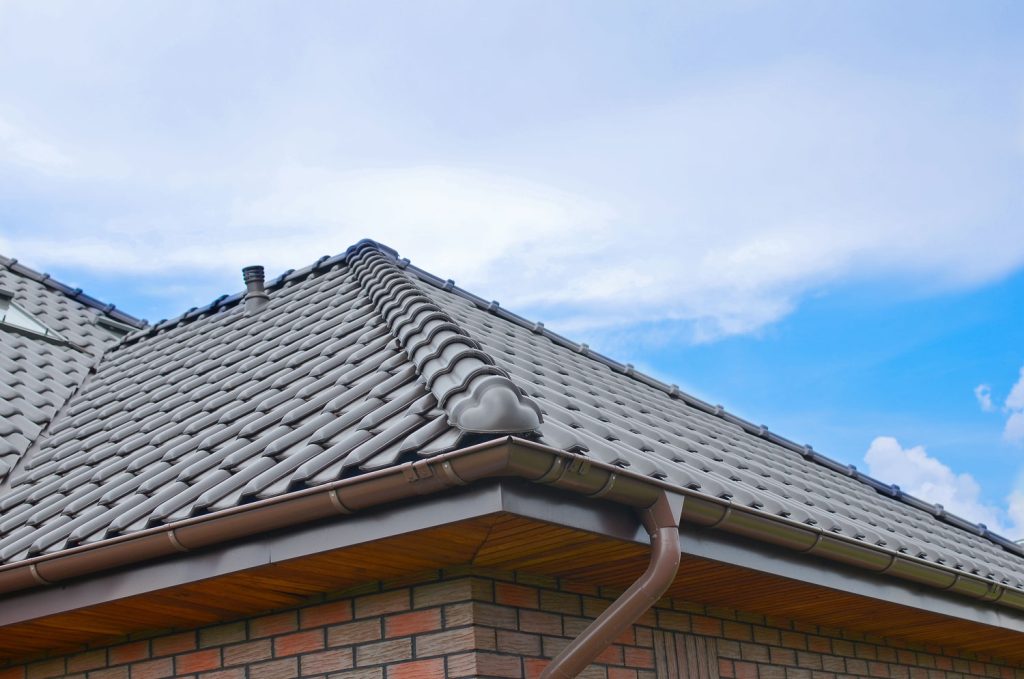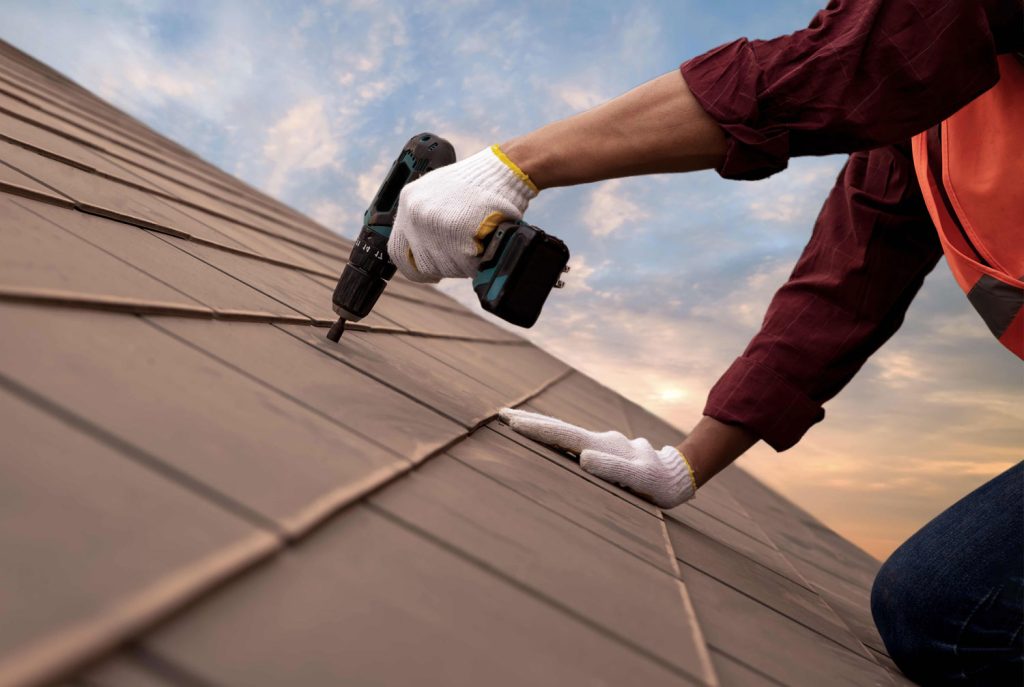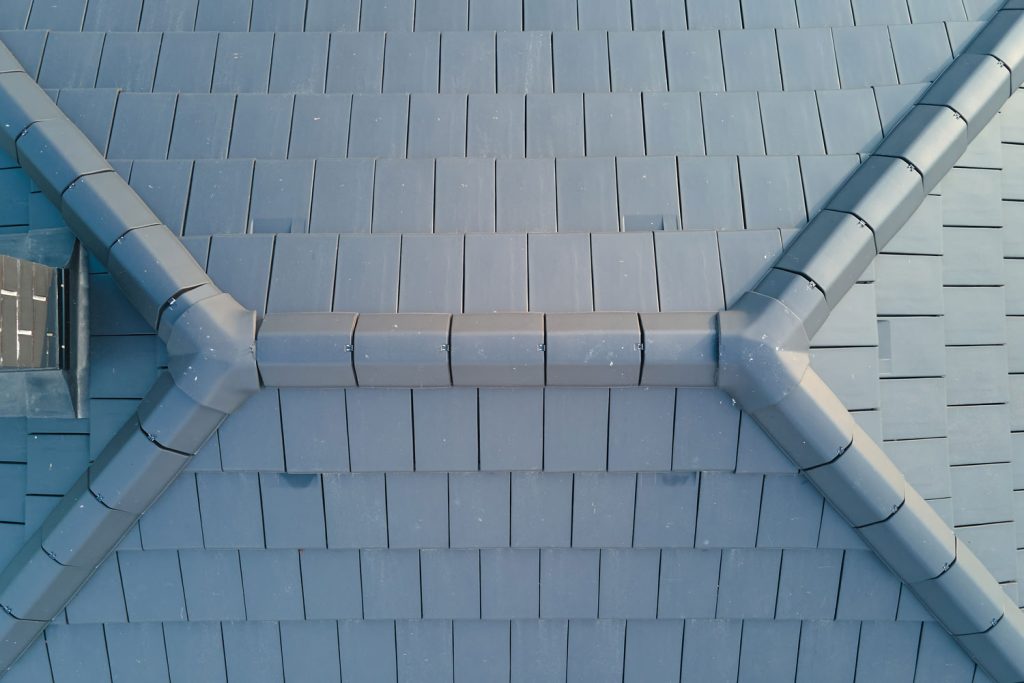One prevalent misconception, frequently employed by salespeople, is that old concrete tiles will lose their porous nature and allow water to seep through and into the home. This does not happen in the least. Tile floors are a popular way to make your house feel more modern and elegant. Rainwater will be kept out of the home if they have a waterproof seal on the surface or worn tiles that have decades of weathering. Water trickles down the tile and onto the tile below it when installed on a pitched roof (a sloped roof). The water flows along this route until it reaches the gutter. Even a porous substance like concrete will not leak if tiles are laid (i.e., not flat) properly. Gravity draws the water downward rather than into the roof; don't forget that all tiles are overlapped. Clay or concrete may be used on roofs in this manner. Most US roofs are constructed of materials that might be considered porous. They typically only leak if the roof pitch (slope) is too shallow or a tile breaks. We will go through this article on how to seal a concrete tile roof?
Concrete roof tiles may cost upwards of $1,000 per square and provide years of visual appeal and low upkeep. While concrete slates are porous, they are intended to move water away from the underside of the roof membrane. Although it is unnecessary to coat the tile with sealant, there are several advantages. Covering the roof tiles with glue designed especially for them helps prevent tiny fractures from turning into leaks. It also slows down the rate at which a concrete roof weathers. Every few years, you must reseal a cement roof.

How to seal a concrete roof tile?

Step 1
Clean the tiles with a pressure washer with no more than 1,200 psi (pounds per square inch). To prevent damage from the water pressure, keep the nozzle at least 1 to 2 feet away from each tile while cleaning. To remove any dirt, debris, or plant life that has begun to grow on the roof, use a soft-bristled brush. Allow the roof to dry before moving on ultimately.
Step 2
Before sealing, make any necessary repairs to the roof. Replace any damaged or cracked tiles. Repairing or cracking tiles may be done similarly utilizing a patching sealant. Caulk any cracks or gaps, then reattach any loose roof paper after allowing adhesives or fillers to dry thoroughly.
Step 3
Pour the sealer into a mixing container and thoroughly combine it with a paint stick. It must be a roof sealant rather than a masonry sealant since it should give adequate coverage and protection. Pour some of the coatings into a pail if you're using a brush; a paint tray if you're using a roller.
Step 4

Use the valleys between tiles to walk across the roof. Maintain a vertical stance and only step on the tile's lower three inches, where there is more support, to distribute your weight equally. Choose a sealer with a light touch to prevent cracking any tiles as you walk across the roof. To begin sealing, go as high up as possible while remaining quiet.
Step 5
Pour a layer of sealant over the concrete barrel tile, working your way into cracks and valleys between tiles with the paintbrush. For the tops and sides of tiles, use a small roller or the brush; for the entire job, use both. Before moving on to the next tile, make sure that each stone has been coated fully.
Step 6
Work in small areas, brushing sealant over each tile thoroughly before proceeding to the next one. Allow for at least 12 hours for the roof to dry.
Step 7
Apply a second coat in the same manner as the first, starting at the top of the roof and working your way down. Allow at least 12 hours for the second coat to dry.
I hope you understand the importance of the above steps. Besides that, I also get many questions regarding how to seal a concrete tile roof? I will try to answer a few of them in this FAQ section.
Frequently Asked Question(FAQ)
Do concrete roof tiles require sealing?

Concrete tiles do not require resealing, and the process is only optional. On ancient roofs, I've seen porous concrete tiles that have yet to leak a drop of water. The angle of the roof and the way tiles ensure that water can't seep through directly.
Do roof tiles made of concrete get porous?
Yes, they are. Cement tiles, often known as concrete tiles, appear to be genuine stones in their natural state. They're permeable, requiring a protective covering to smooth the surface and fill the tiny holes.
Is it necessary to pressure wash roof tiles?
In the case of tile roof cleaning, a pressure washer is required. Small pores in concrete and clay tiles can only be cleaned manually or using a pressure washer; therefore, they must be cleansed with a pressure washer. Dirt and stains can be removed without eroding the surface with pressures ranging from 1,200 to 1,500 psi.
Is it possible to waterproof roof tiles?
Waterproofing a tiled roof is required because the roof tiles layer isn't completely water-impermeable: rain and wind may seep through gaps or flaws in the tile roof and under the appropriate mix of rain and wind.
How do you waterproof a concrete roof?
Step 1 -Clean Your Roof. To successfully seal your roof, you must first begin with a clean surface.
Step 2 - Carry Out Minor Repairs.
Step 3 - Apply seam tape.
Step 4 - Coat With Primer.
Step 5 - Next, apply a vapor barrier over the concrete tile.
Is it possible to color concrete roof tiles?
Roof coloring is useful for concrete tiles with light to moderate color fading and visible bare concrete patches that are more than a year old. We use high-quality materials and stains as the most effective roof covering alternatives.
What makes concrete different from one another?

Although "cement" and "concrete" are sometimes used interchangeably, they aren't synonymous. Concrete, in reality, comprises cement and other materials such as gravel and paste. Before it can stiffen after being allowed to set, you must pour the concrete mix into a mold.
Can I put concrete over concrete?
Yes, you may pour a concrete pad over an existing slab. It would help if you considered the extra height and weight of the overlay on top of the older structure. An can make overlays from polymers, Portland cement concrete, or epoxies. A steeper slope on the overlay will help drainage.

I have a concrete tile roof Made by Life title Looking for a product to reseal my roof Been pressure washed and cleaned. Like a clear coating The original coating is worn out. Please get back with me Thanks